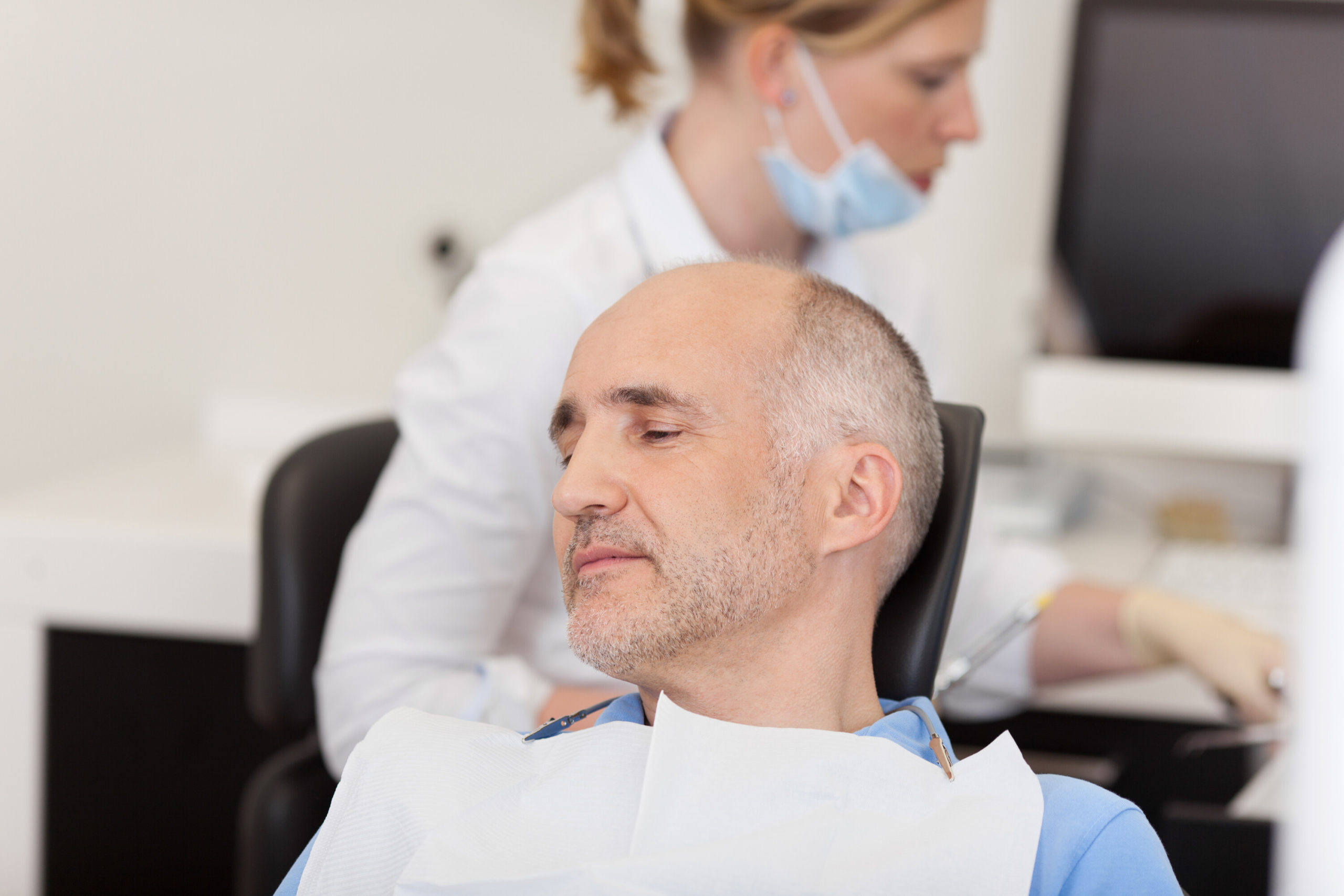Gum recession occurs when your gum tissue pulls back from your teeth due to gum disease or aging. When it occurs, gum recession can leave the tooth roots exposed, making them susceptible to bacteria and infection. Additionally, having the tooth roots exposed makes your teeth extremely sensitive. Luckily, gum recession can be corrected at Family Dentistry and Dental Specialists Group through gum graft surgery near Kissimmee.
What Is Gum Graft Surgery?
Gum graft surgery near you can refer to various procedures; however, all of these procedures involve placing new tissue over the area where the gums have receded. As soon as your gums heal, these new tissues will protect the tooth roots.
Kinds of Gum Graft Surgery
There are two main types of gum graft surgery offered at Family Dentistry and Dental Specialists Group: connective tissue graft and gingival graft. In either case, our dentist near you will take tissue from the donor spot and attach it to the area where the recession is occurring.
During connective tissue gum grafts, our dentist will create a small flap and remove a piece of connective tissue to use for the gum graft. During gingival grafts, our dentist will take the tissue from the outermost layer of your gum in a healthy area and use it to cover the receding area. Another option for gum grafts is pedicle grafts. Our dentist near Kissimmee will take the donor tissue from a spot near the affected area for the graft during a pedicle graft.
Preparing for Surgery
There is minimal preparation required for gum grafts. At your consultation, our dentist will take you through what to expect during the procedure. The main thing that you must do is eliminate the cause of your gum recession. If the recession occurs because of bad oral hygiene, you must rectify that before going through with your procedure.
The Day of Your Gum Graft
On the day of your procedure, our dentist will administer local anesthesia so that you do not feel any pain during your treatment. The procedure will typically be fast, and as soon as it is done, our dentist will ask you to rinse your mouth with an antiseptic mouthwash to prevent any infection. They will then provide you with instructions on how to look after your gums while they heal.
The Recovery Period
You will be able to go home shortly after the completion of your procedure. You should not feel any pain immediately following your surgery but may notice some discomfort as the numbing from the anesthesia wears off. When this happens, you can take the medications prescribed by your dentist to alleviate the pain.
The first two days after a gum graft are usually the most irritating. Your gums may be slightly swollen and bleed a little bit. Additionally, you won’t be able to use your toothbrush and will have to use an antiseptic mouthwash instead. After about one week, you should be feeling back to normal and can resume your usual activities.
Final Results
You will have to visit our dentist at Family Dentistry and Dental Specialists Group for a checkup one week after your procedure. At this appointment, our dentist will ensure that you are healing properly.
You should see the results of your gum graft surgery after about three weeks, and full healing will take up to eight weeks, at which point your smile will be completely renewed. If you would like to learn more about gum grafting surgery, please get in touch with our team of dedicated dental professionals today!
